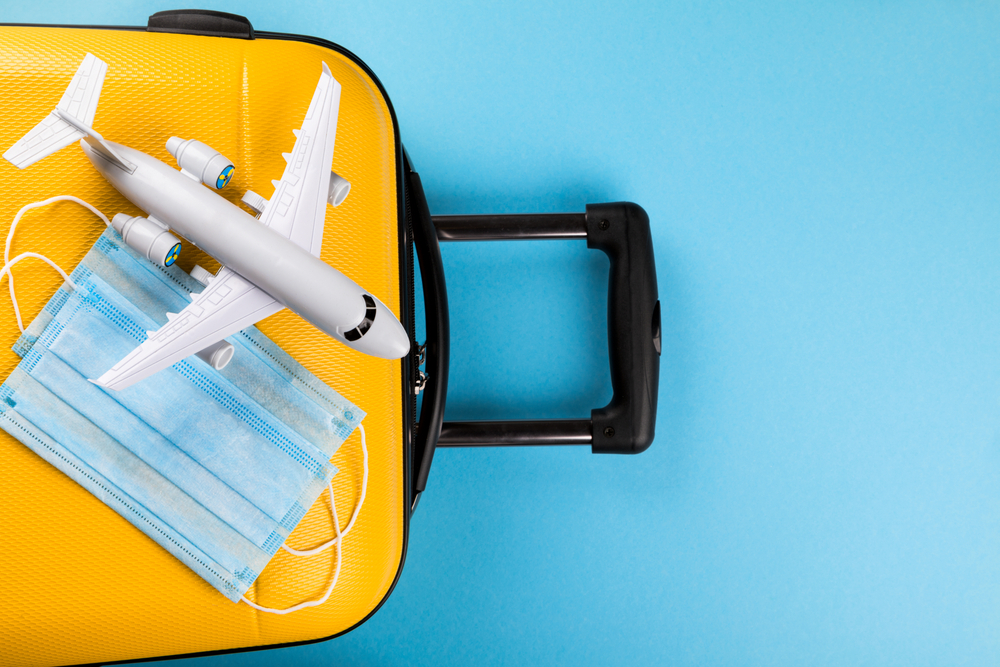For most people, the monsoon season is very appealing. The weather is ideal for travelling and exploring new locations as it is neither too hot nor too cold. We all enjoy rainy days, the sound of raindrops hitting the ground, and the warmth of a hot cup of tea. But without the right precautions, the season can bring illness, and even cause accidents. However, this should not prevent you from travelling and exploring the country. In order to help you plan your tour during the monsoon, here are a few tips that can come in handy.
- Always check the weather forecast: Most parts of India are drenched in rain during the monsoon. Therefore, before you plan out your trip, the most crucial thing to do is verify the weather prediction for the region. This is especially useful in challenging terrains, such as mountain ranges, where the chances of landslides and cloudbursts are very high. Check the weather forecast 3-5 days before and after your departure date to avoid such instances.
- Carry Medicines and repellents: The monsoon months are a time when mosquitoes and insects are at their highest. In your travel kit, make sure to include a spray and lotion-based repellents that secure the room and your body. Additionally, carry a first-aid kit, as injuries on wet and damp roads can happen frequently. Also, along with your regular medicine, put some emergency pills that you might require on your journey. For example, for a cold and fever, if you get drenched in the rain.
- Waterproof clothes: While taking a trip during the monsoon, pack synthetic fabric, which is easy to dry. They are light, and at the same time, if you get drenched, they will dry up quickly, so you will not have to halt your journey as well. Further, when planning a trip in the rainy season, you should pay extra attention to footwear. Investing in decent waterproof shoes will allow you to walk easily and comfortably. Also, ensure that your shoes are anti-skid to prevent you from losing balance on wet and slippery roads.
- Take care of your food: The monsoon season is also renowned for the outbreak of waterborne illness. Food is one of the most crucial considerations for any traveller during this season. Avoid eating food from open stalls or counters because they are especially prone to contamination during the rains. Also, try to drink packaged water and not from any community taps.
- Monsoon accessories: These would include an umbrella, raincoat, and hairdryer. While you can omit these during other seasons, during the monsoon they are a must. You can opt for foldable umbrellas that are lightweight and will not take up much space in your luggage.



